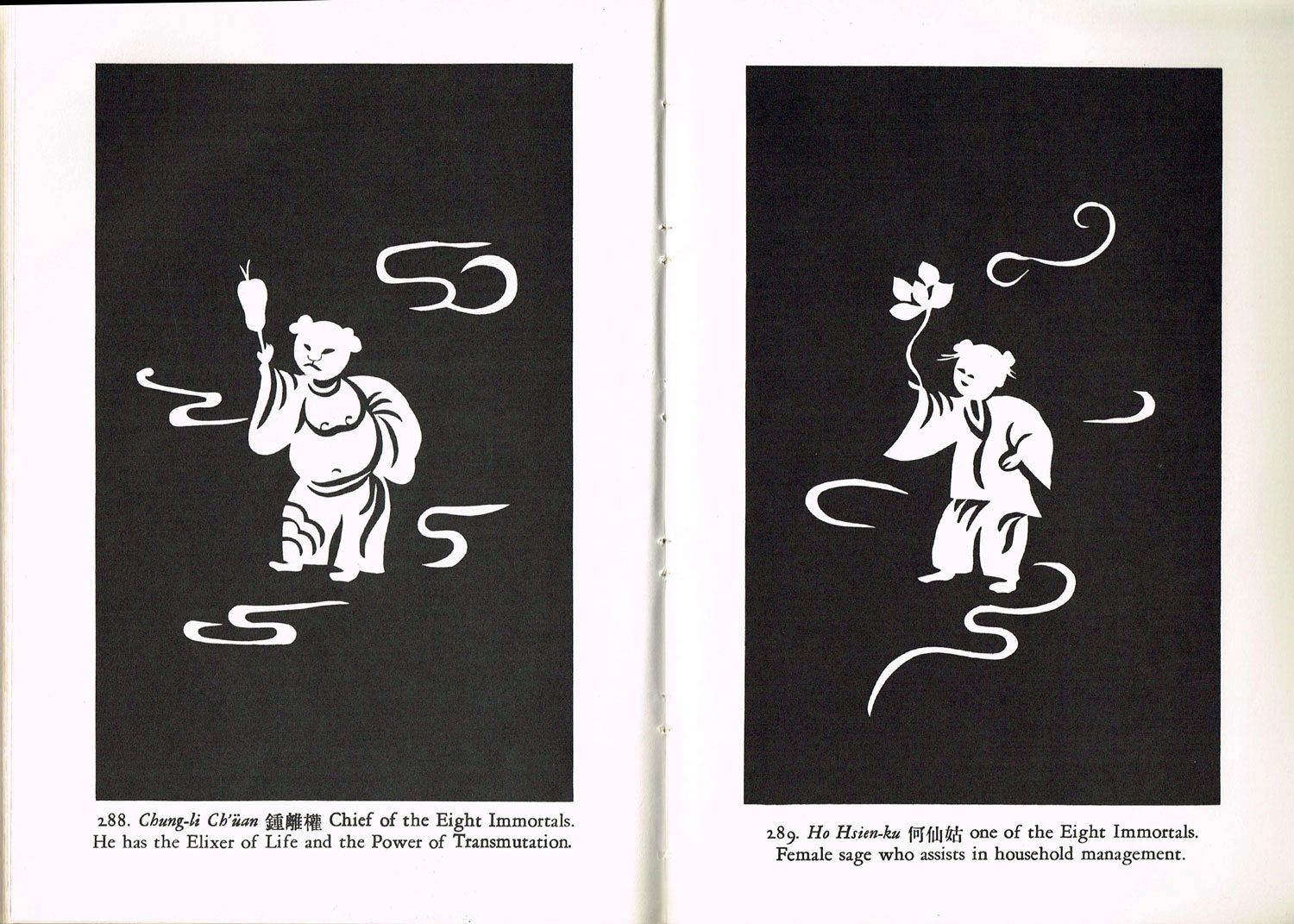Graphic Medicine

As challenging as it has been for me to receive some of her drawings, they have inadvertently bridged our language barrier. In this poignant way, her images have become our new mode of communication, translating and mending the gaps of language, culture and subjectivity. Within the discourse of art therapy, images offer an effective communication tool in moments when written or verbal language ceases to connect and express. In art therapy, images are used to communicate and heal, and as such they are seen to be medicinal, therapeutic and spiritual. In Western history, art and medicine were once one thing. Why is art therapy divorced from formal art and design education, seen as separate and less valued in the realm of the contemporary art and design world? Serenity Department offers a perfect opportunity to interrogate the aesthetic values set by art and design educational institutional powers that uphold certain legitimizing visual languages as forms of gatekeeping power and work towards mending the gap between art and healing.
Similar to art therapy, Graphic Medicine is an emerging practice that combines life writing, and the medium of comics in therapeutic ways. My mother’s drawings are simultaneously graphic in the sense that they depict her subjectivity in comic ways expressed through drawings and text – as in graphic novel, but also graphic in the sense of explicit – as in graphic violence. This double entendre of the word graphic is insightful in this light, especially when thinking about how to frame and analyze images of violence with care and empathy. Furthermore, how can we shield this explicit pain so that it doesn’t further contaminate and inflict more pain onto others? As fantasy and science fiction comes naturally to my mother, we will explore these genres as a steganographic gesture – a way to encode the content in creating a protective layer.
How can images mend the lines of communication between first and second generation immigrants when the lineages of language have been broken? This is one important question that is at the heart of Serenity Department. Within formal design education in the NL, visual communication is primarily taught to serve industry, government and the arts. However, within Serenity Department, visual communication will be researched in relation to health, healing and mending.
My mother and her aesthetic has played a large role in mending my Westernized perceptions of beauty. She has taught me to look at design through the Chinese value system of Feng shui – a spiritual and auspicious practice of placing objects in space to synchronize the energy of an individual to their environment. While I was in her mending shop, I made her a name card. I designed one for her some years ago and I recall it being clean and minimal – very far away from her bombastically loud taste. So this time around I embraced her style taking cues from the way she decorated her shop which were brimming with Feng shui symbolism for wealth and prosperity. What I learnt of Modernist design was how to communicate, or more precisely schmooze with mere mortals of a specific Western and privileged kind, but what I learnt from the design practiced by my mother was how to communicate with the realms beyond mortal life – design as self-fulfilling prophecy. In the context of visual communication and aesthetics, mending practices can be approached as small steps in the larger cause to decolonize, depatriarchise and demodernise notions of wholeness and brokenness, beauty and ugliness.
the images are the carriers of traumatic memory, of personal and political depression. these are memories of trauma in the body and how it gets passed down. my mother is my history, this is a part of me. these images are epigenetic, they are my intergenerational trauma.

